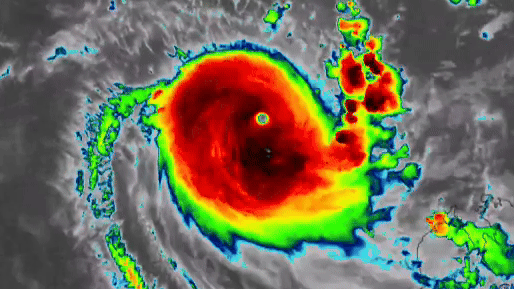Southeast Faces Rising Flash Flood Threats as Weather Patterns Shift
Communities across the southeastern United States are confronting heightened risks of flash flooding as intensifying storms and shifting weather patterns unleash unprecedented rainfall. Meteorologists warn that states from Louisiana to the Carolinas could experience life-threatening floods this season, with climate change accelerating extreme precipitation events. Emergency management officials urge residents to prepare evacuation plans and flood-proof homes immediately.
Unprecedented Rainfall Overwhelms Aging Infrastructure
Recent data from the National Weather Service reveals a 27% increase in extreme rainfall events across the Southeast since 2000, with some areas receiving a month’s worth of precipitation in 48 hours. “We’re seeing storms behave differently than historical patterns suggest,” explains Dr. Elena Rodriguez, a climatologist at the University of Georgia. “The atmosphere now holds 7% more moisture per 1°F of warming, creating rainfall bombs that overwhelm drainage systems.”
Key vulnerabilities include:
- Antiquated stormwater systems in cities like Atlanta and Birmingham
- Rapid urbanization increasing impervious surfaces by 15% since 2010
- Low-lying coastal areas where rising groundwater compounds flooding
Climate Change Fuels Dangerous Weather Shifts
The Southeast has experienced a 40% increase in heavy downpours since the 1950s according to NOAA records. Warmer Gulf waters provide additional energy for storms, while shifting jet streams stall weather systems over vulnerable regions. “What used to be 100-year floods now occur every decade,” warns FEMA Regional Director Marcus Johnson. “We’re playing catch-up with infrastructure that wasn’t designed for this new normal.”
Particularly concerning is the phenomenon of “training” storms – consecutive cells following the same path like boxcars on a train. In 2023, this pattern caused $2.3 billion in flood damage across Tennessee and Kentucky alone.
Community Preparedness Gaps Leave Residents Vulnerable
Despite increased risks, surveys show only 38% of southeastern households maintain flood insurance, and many lack emergency plans. Rural communities face particular challenges with limited warning systems and fewer resources for flood control projects.
“People remember Hurricane Katrina but don’t realize flash floods kill more Americans annually than tornadoes or hurricanes,” says emergency preparedness specialist Lisa Chen. She recommends:
- Monitoring local weather alerts via NOAA radio
- Creating a 72-hour emergency kit with medications and documents
- Knowing multiple evacuation routes from your neighborhood
Innovative Solutions Offer Hope Amid Rising Waters
Some communities are adopting innovative approaches:
- Charleston’s $2 billion seawall and pump station project
- Mobile’s AI-powered flood prediction system
- Nature-based solutions like Atlanta’s urban wetland restoration
However, experts stress that individual preparedness remains critical. “Technology helps, but survival depends on heeding warnings immediately,” emphasizes National Weather Service hydrologist David Park. “Just six inches of moving water can knock an adult off their feet.”
What’s Next for Flood-Prone Regions?
With climate models predicting a 35-50% increase in extreme precipitation by 2050, the Southeast faces difficult choices. Adaptation strategies under consideration include:
- Revised building codes requiring elevated structures
- Buyout programs for repeatedly flooded properties
- Regional stormwater management compacts
As the region braces for another volatile season, officials emphasize that preparedness saves lives. Residents can check their flood risk at FEMA’s Flood Map Service Center and sign up for local emergency alerts today.
“The water will come,” says Dr. Rodriguez. “Our collective resilience depends on what we do now, before the next storm hits.”
See more Your Daily Weather



